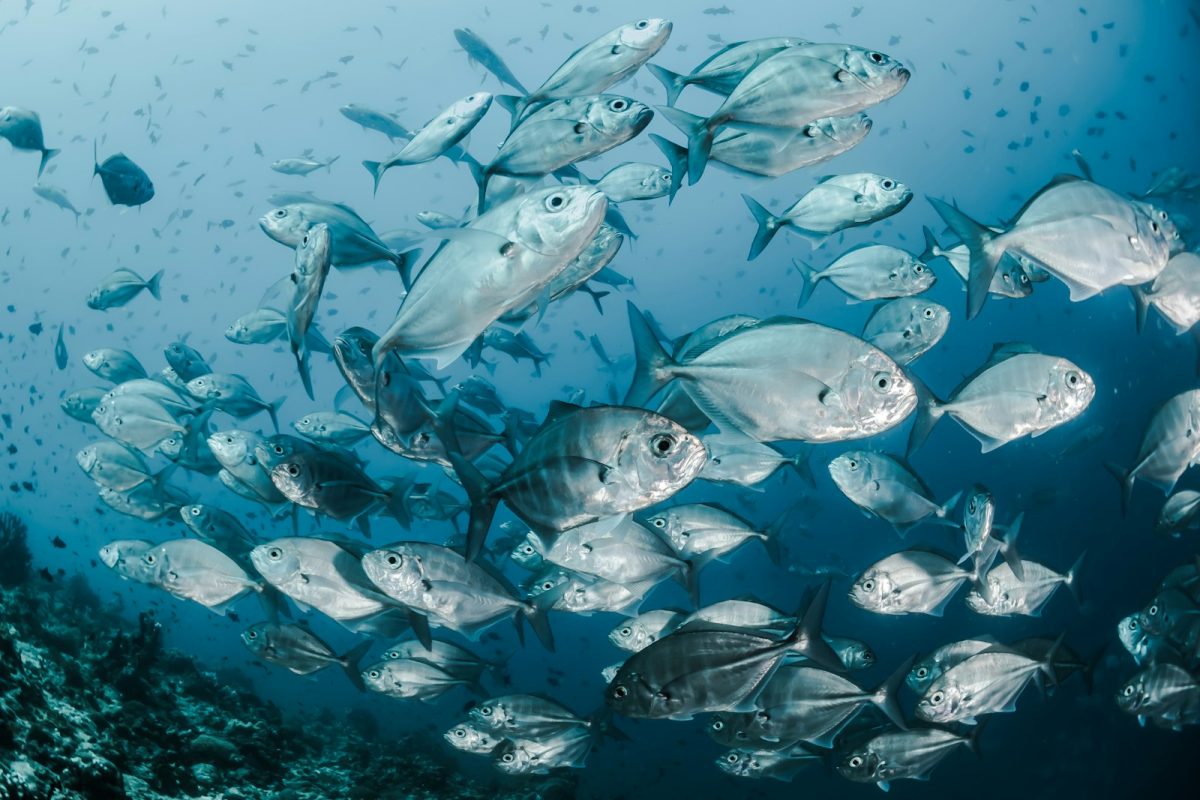Skin – the largest organ in our body, vital for your health and well-being. It can be challenging to heal, but it’s also crucial that you heal it when problems begin to arrive. Along with this, the medical care for treating skin can be costly. With lower costs and less pain, many doctors are looking at fish skin grafts for a new standard for skin grafts.
Fish skin has anti-inflammatory and antibacterial properties that support and improve wound healing, which is why it is used as a skin graft. There is still ongoing research comparing fish skin grafts (or acellular fish skin grafts) to alternative healing techniques. However, when tested on patients, these fish skin grafts demonstrated overall improved and quicker wound healing, fewer dressing changes, less pain, and lower costs.
The primary wounds these grafts are used on include burns and diabetic foot ulcers (DFU). Chronic foot ulcers are often seen in diabetics and, unfortunately, are a common cause of amputations. Burns are a leading cause of morbidity and occur more commonly in middle- and low-income countries.
Fish skin grafts initially look like the type of fish skin used. But when doctors place the grafts over a wound, the surrounding human cells can grow into the fish skin graft. This process grows new skin cells and transforms some fish skin cells into human skin cells. After it heals, the area can take on the appearance of healthy human skin.
Fish skin grafts contain omega-3 fatty acids, which can aid healing. Fish skin and human skin share properties, such as:
- fats
- proteins
- elastin (provides the stretchiness of skin)
- glycans (important in protecting, maintaining, and repairing skin)
Additionally, Fish skin has a surprising molecular similarity to human skin. These factors and similarities help the fish skin grafts be more effective.
While the idea of fish-skin grafts was initially laughed at, it is quickly becoming more widespread as it consistently works well. Doctors have begun to notice that fish skin does not have the same limitations as other grafts—some of which require frequent dressing changes or carry the risk of carrying viral diseases. With companies like Keresis, which sells fish skin specifically for grafts, it’s getting harder and harder to ignore the possibility of this new option.
RELATED STORIES
https://www.drugdiscoverynews.com/fish-skin-heals-the-toughest-wounds-15287
https://www.healthline.com/health/fish-skin-graft
https://pmc.ncbi.nlm.nih.gov/articles/PMC10501472/
TAKE ACTION





